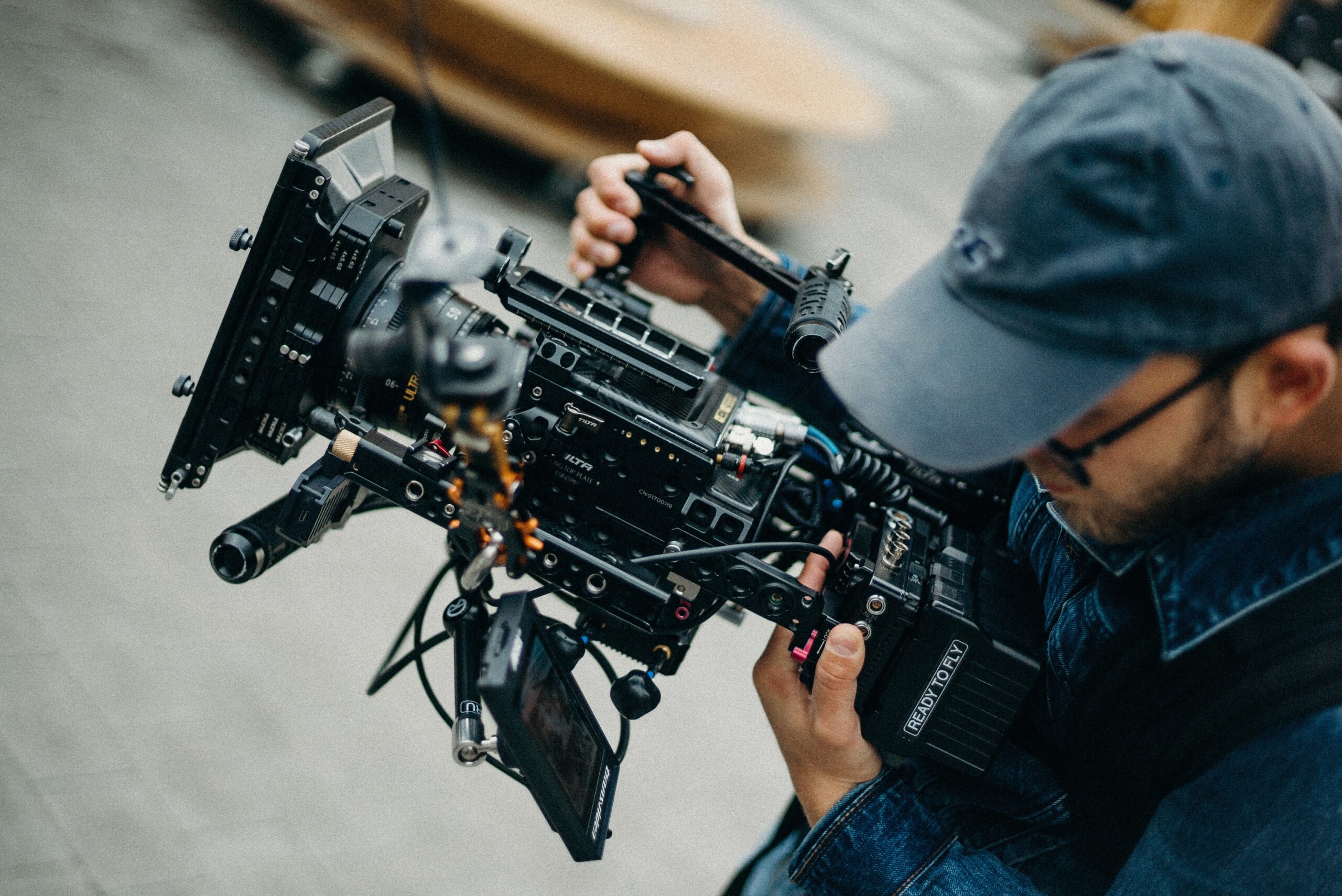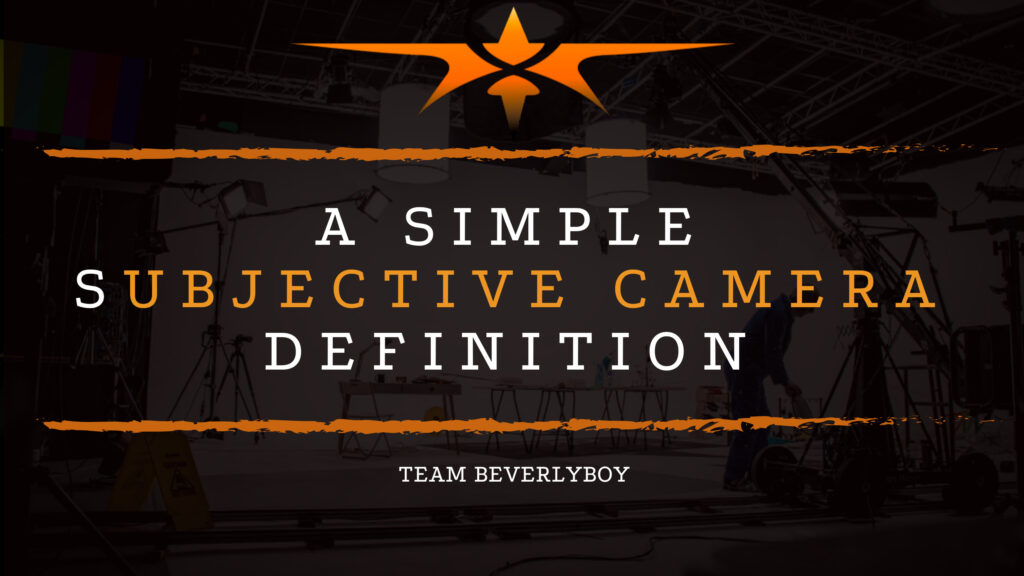A Simple Subjective Camera Definition
As a filmmaker, you’ve probably heard the term, “Get in the character’s head” more times than you would like to even admit. But there’s purpose behind it all and when it comes to visual storytelling. Your shot composition can say a lot about your character and their journey. Especially when you use point of view or subjective camera angle. In fact, this simple subjective camera definition will help you understand the role that perspective can play in visual storytelling.

WHAT IS SUBJECTIVE CAMERA ANGLE?
The subjective camera angle is one which can be easily described as a shot which replicates the point of view of a particular character or the mindset of a specific character within the scene.
This camera angle provides a personal viewpoint in which the audience is seeing the scene through the eyes of another character or through his or her emotional perspective.
In other words, a subjective camera, by definition, attempts to bring the audience into the film by placing them into the mindset of a character. This viewpoint provides an emphasis on the emotional perspective of the character and his or her current mental state.
IS A SUBJECTIVE CAMERA THE SAME AS POV?
In the definition of subjective camera angle, it’s very important to be clear that subjective camera angle is not the same as POV shot. Oftentimes, a Point-of-View shot accentuates the subjective perspective, but this is not to say that they are the same.
POV shots show exactly what the character is seeing and how the character is experiencing the situation whereas a subjective perspective simply offers a glimpse into a character’s emotions or experience of a particular situation.
Subjective camera reveals what the character sees, through the character’s eyes, and generally providing a character’s POV. Unlike objective shots, the subjective camera angle is one where the camera is providing the point of view of the character and what their emotions are like.
Basically, whenever a camera shows the audience what a character sees, the angle is a subjective camera, and by definition a subjective camera angle the viewer is placed in the scene by trading places with a person in the picture.
EXAMPLES OF SUBJECTIVE CAMERA ANGLE IN ACTION
How can you tell if a shot is subjective, objective, or POV? This concept is one that filmmakers struggle with and frequently question.
SOME EXAMPLES OF SUBJECTIVE CAMERA IN ACTION AS FOLLOWS:
- When we see a character seeing something, and it appears that we’re seeing through the character’s eyes.
- Many sports style, GOPRO type cameras provide subjective view.
- YouTube V-Logs often center around subjective views.
- A low-angle view from a runner is subjective.
IN SUMMATION
As you can see in this simple subjective camera definition. The use of subjective camera angle is gaining use. Especially with the rise of v-logs and increased adoption of sports style cameras. Which give way to a view that is resemblant of what a character sees.


